This all-steel dagger, made in a style appropriate for a Landsknecht mercenary of the early 16th century was handcrafted by Ádám Bodorics of Landsknecht Emporium. Only available in limited quantities, these unique crafted daggers make a perfect final touch to a Landsknecht ensemble. Although elegant in its proportions, the dagger has a fullered hexagonal geometric cross section to give it great rigidity and durability – this is a dagger that is capable of deftly piercing thick cloaks and clothing, or through the weaker points of an armored harness with alarming ease. The dagger is paired with a tough wood core scabbard that is embellished with steel fittings to match the blade with a unifying theme.
Below are some comments from Ádám about these limited daggers that he has crafted:
“In the 16th century, a peculiar style of daggers appeared. Specimens share details from rondels, quillon daggers and ballocks. While they could be forced into one or more of these categories, they are a thing of their own and the current consensus is to just call them Landsknechtdolchen, “Landsknecht daggers”. Several of them have all-metal hilts and a few are all-steel, with the grip and pommel being hollow constructions.
This specific model’s hilt is based on an original in a private collection. It’s made from six individual hand-formed pieces, silver-soldered together. The tang passes through the dished top plate and is peened over it. Like several daggers, it offers a very secure grip, locking the user’s fist between guard and pommel. Looking at the dagger from the flat, level with the cross, it could be interpreted as a rondel or a quillon
dagger, but even at a slight tilt, a distinctly ballock-like silhouette appears. The blade is my own design, but elements can be found on several originals. It is entirely optimized for thrusting with it’s narrow profile and relatively obtuse angles – the actively reinforced tip emphasizes it even further, and makes the dagger suitable to go against mail-covered targets. The fuller and the hollow hilt keeps the weight low despite the maximal thickness reaching 7mm.
The scabbard is also based on multiple originals and illustrations. The black leather-covered wooden core is close to semi-circular in cross-section, with the back being flat. The steel chape and mouth are made
from multiple hand-formed and silver-soldered pieces, and emulate the clothing fashion of the time. While surviving pieces of the style are generally high-status items, we see plenty of simpler, lower status iterations on woodcuts from the period. A steel belt loop is silver-soldered on the back of the mouth at an angle. It works best with 20-25mm wide belts.
All steel surfaces except for the edges were finished by files and scrubbed aggressively afterwards to soften the tool marks without removing them entirely. The intention was to create a surface fitting a low
ranking mercenary who still wants to present extravagance.”
– Ádám Bodorics, Bladesmith and Artisan

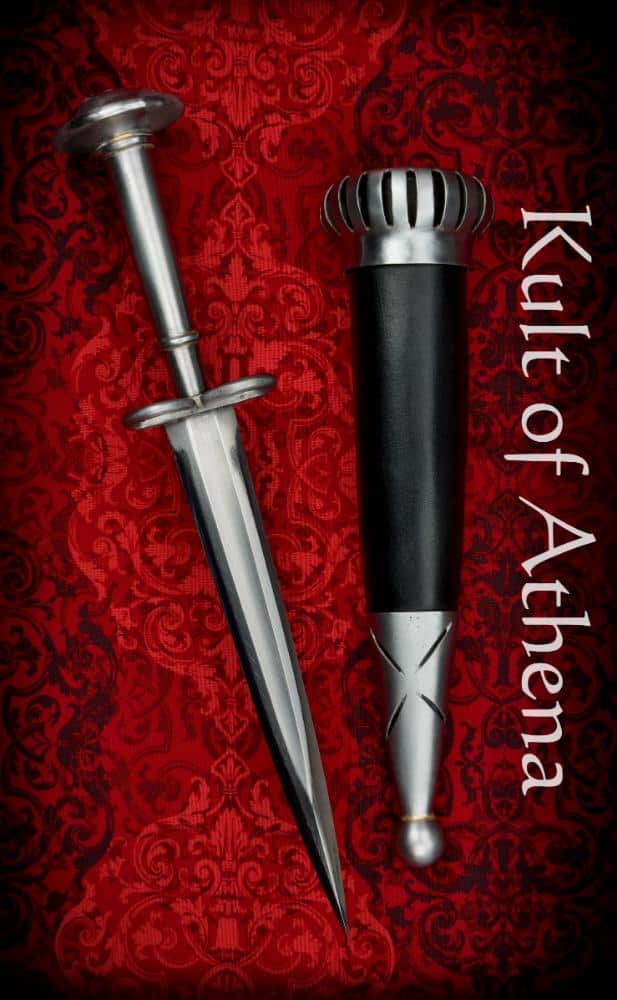
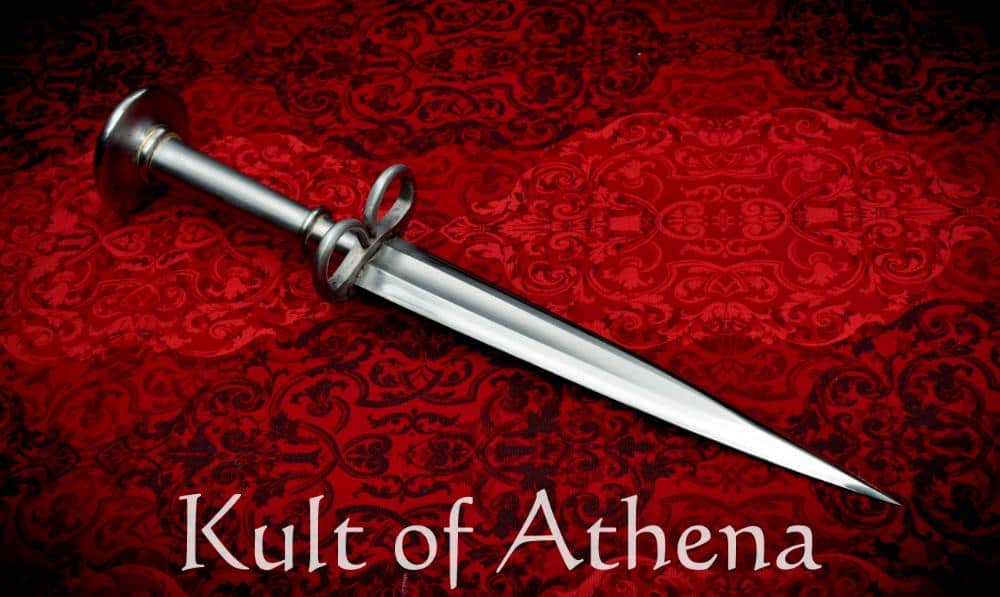
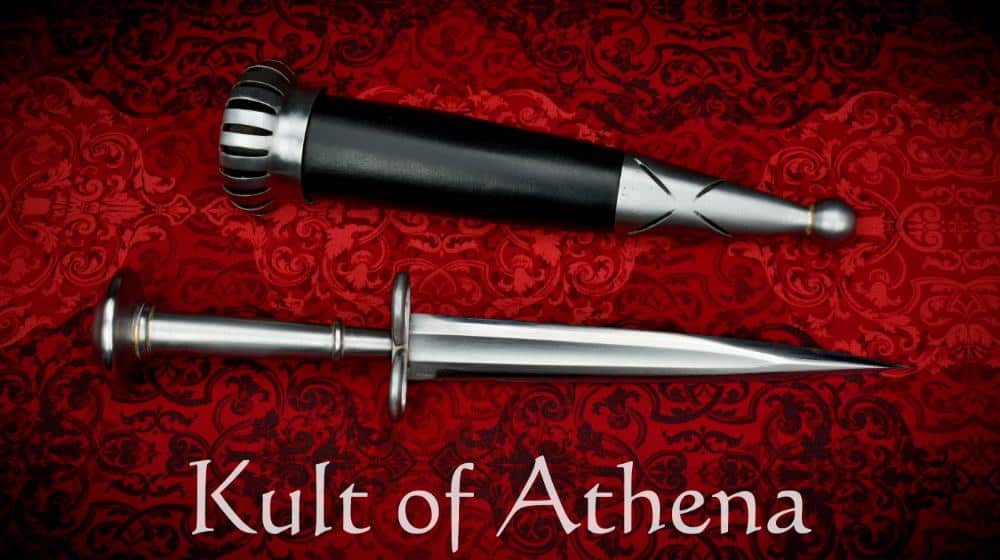
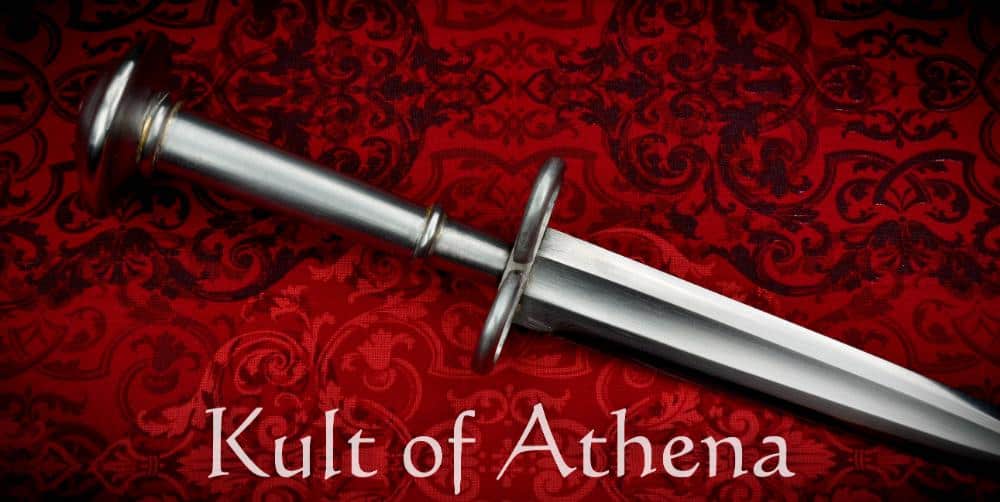
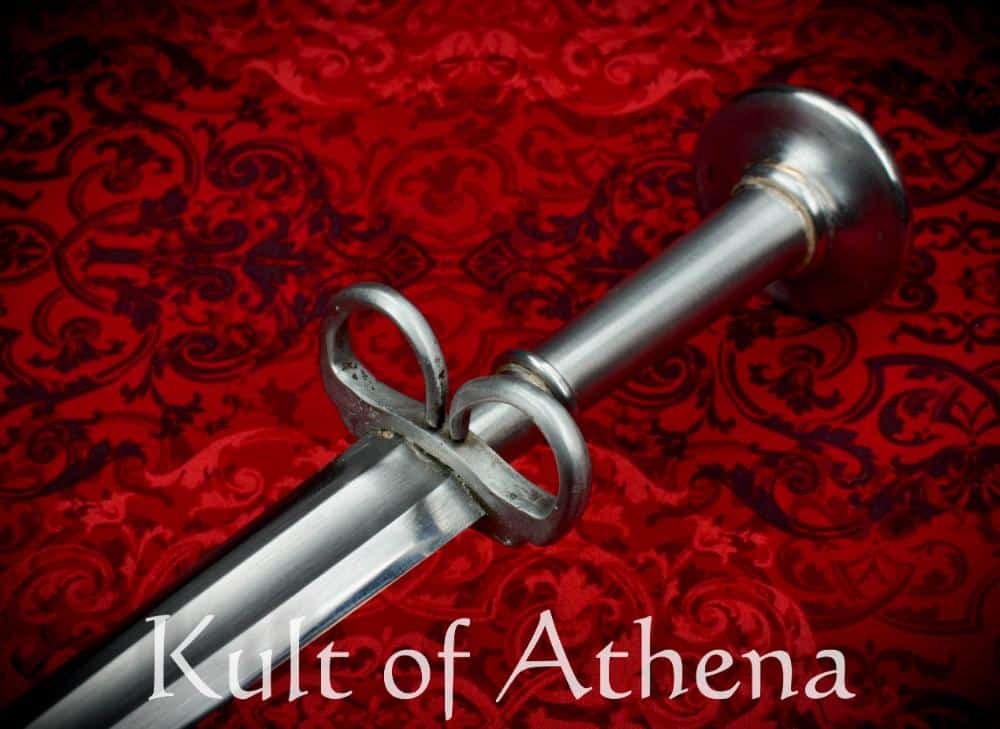
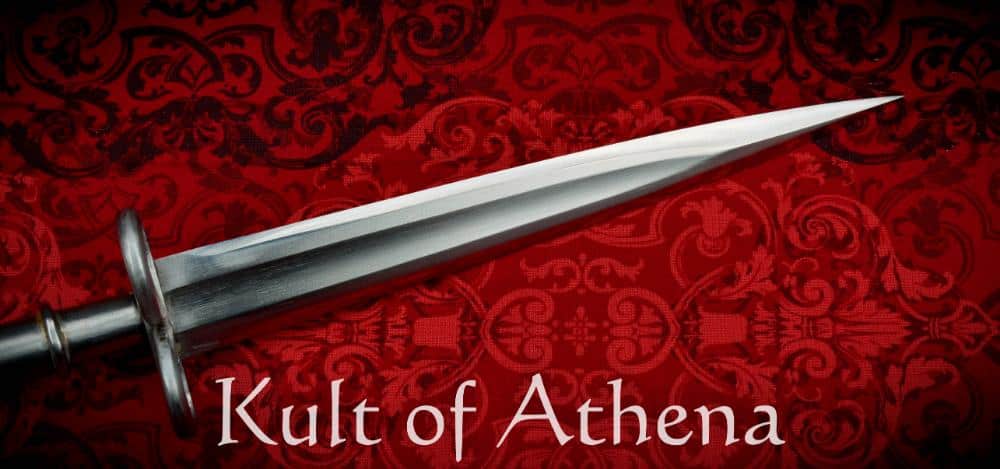
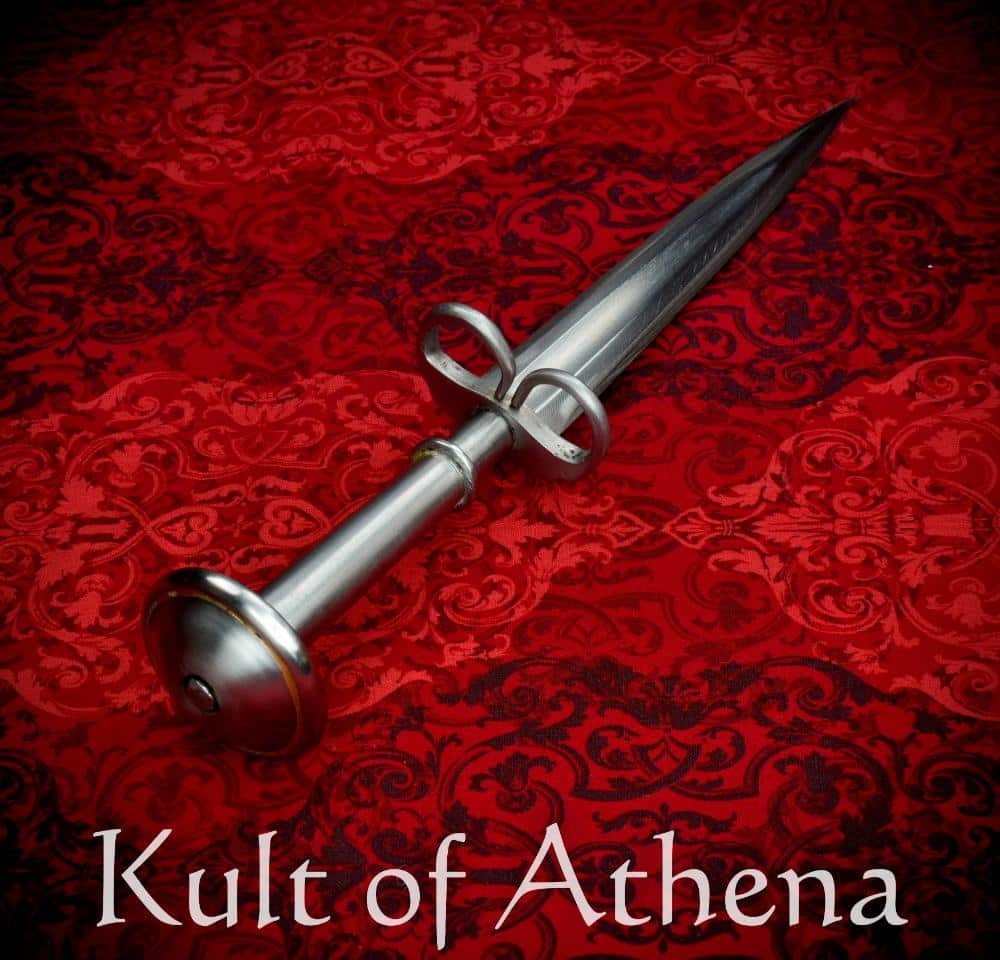
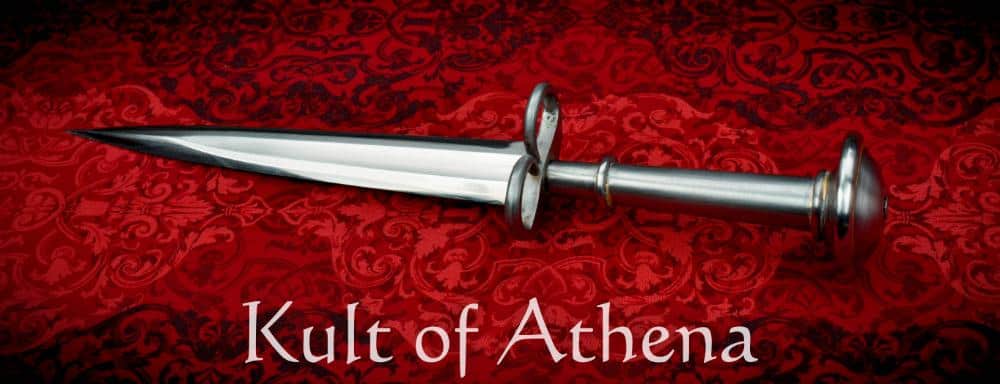
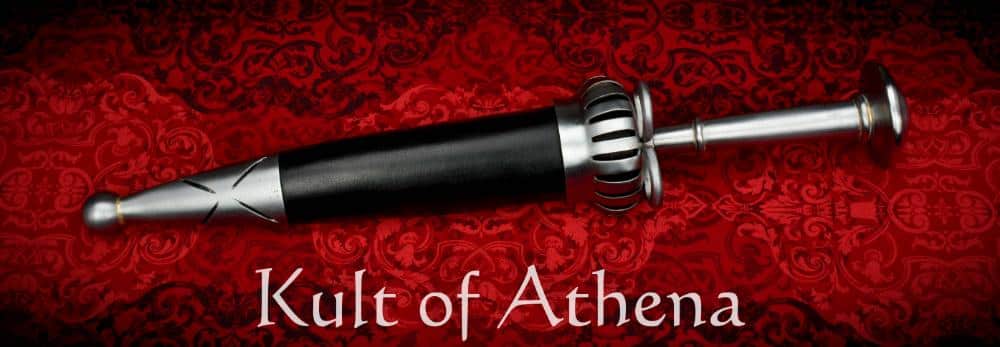

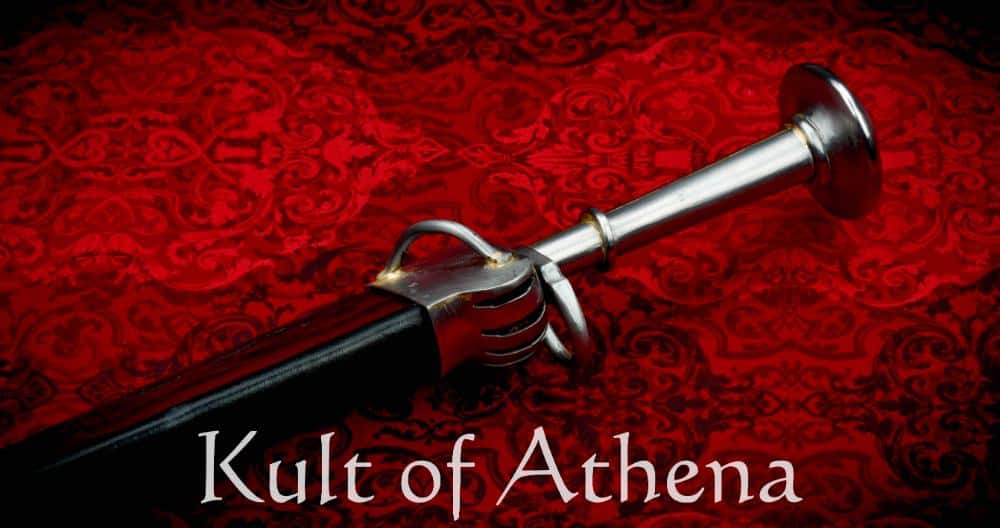

Reviews
There are no reviews yet.